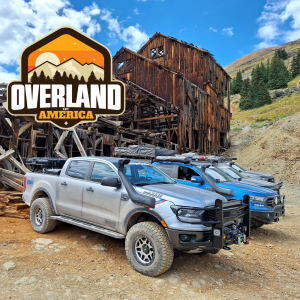Just FYI, you don't have an expansion tank, Degas systems use those, you have an overflow tank, vented tank
And if temp gauge stayed at or below 3/4 then no engine damage would occur
You can rent a Cooling system pressure tester, $10-$20
It's a radiator cap with a hand pump and gauge
Cold engine, you put on the cap and pump pressure up to 20psi
(normal operating pressure is 14-16psi)
Then wait and watch if the pressure starts to drop
If not, then no leaks
If so, then you WILL see the cold coolant leaking down from the cold engine and can track down the leak, or leaks
The overflow hose from the radiator to the bottom of overflow tank can crack and leak, give it a look
You can take the cap off the overflow tank and put your hand over it to seal it, then remove the hose from rad cap opening and blow into it, it should hold pressure, if not hose or tank is leaking
In the old days the radiators had a FULL line about 2"-3" below the rad cap opening, this was a Degas system
The air gap allowed the coolant to expand when heated, if over heated rad caps valve would open and coolant or air would come out the hose and down to the ground
Top of radiator acted and was an Expansion tank
An Overflow system was used after that, radiator was fulled to the top and had a radiator cap with TWO valves, and a hose to the bottom of an Overflow tank that was vented, open to the air
Overflow tanks have a COLD and HOT line
As the coolant was heated and expanded the larger valve in rad cap allowed warm coolant to flow to the bottom of overflow tank, and if there was any air in the radiator it would come out first and then bubble to the top of overflow tank, which is why the hose is at the bottom of the tank.
On cool down, as the coolant shrinks in volume, the smaller valve in rad cap would be pulled open and suck back in coolant from the overflow tank
System was self purging of air, and always kept the radiator topped up
So any leaks would be noticed after engine was cold and coolant level in overflow tank was below the COLD line
The Ranger 2.3l DOHC Duratec uses a Degas system, its has a plastic "bottle" on the engine's cooling system with a FULL Line as has an Air Gap inside the bottle, radiator has a solid cap, no valve
Degas bottle has a pressure cap and a hose to discharge hot coolant to the ground if overheated













